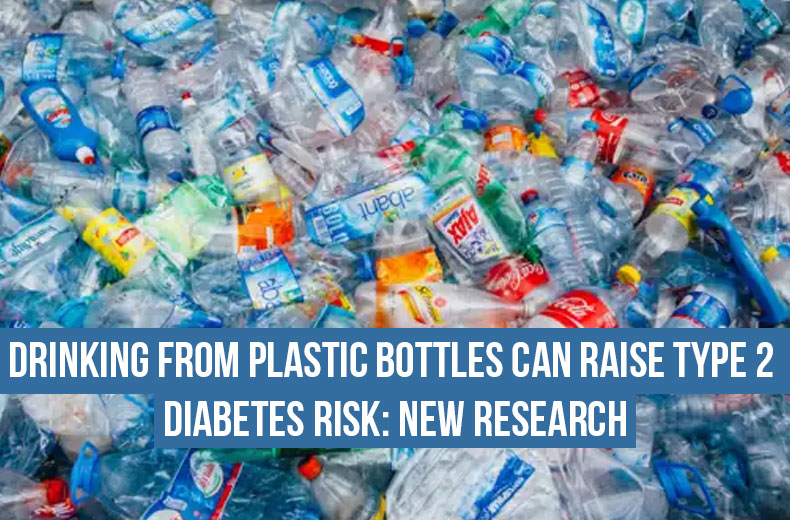Plastic water bottles have become a ubiquitous part of modern life, offering convenience and portability. However, recent studies have raised concerns about the potential health risks associated with these everyday items, specifically their link to an increased risk of type 2 diabetes. Understanding the connection between plastic water bottles and this chronic condition is crucial for making informed choices about our health and wellness.
The primary concern lies in the chemicals used in the production of plastic bottles, particularly Bisphenol A (BPA) and its substitutes like Bisphenol S (BPS). BPA is an industrial chemical used to make certain plastics and resins, which are often used in containers that store food and beverages, such as water bottles. Over time, these chemicals can leach into the water, especially when the bottles are exposed to heat or reused multiple times. BPA and BPS are known endocrine disruptors, meaning they can interfere with the body’s hormonal systems.
Research has shown that BPA can mimic estrogen, a hormone that regulates many bodily functions, including glucose metabolism. When BPA enters the body, it can bind to estrogen receptors and alter the function of insulin-producing cells in the pancreas. This interference can lead to insulin resistance, a condition where the body’s cells do not respond effectively to insulin, causing higher blood glucose levels—a key risk factor for developing type 2 diabetes.
Studies have found a correlation between high levels of BPA in the body and an increased risk of type 2 diabetes. For instance, a study published in the *Journal of Clinical Endocrinology & Metabolism* found that individuals with higher BPA levels were more likely to develop insulin resistance and type 2 diabetes. Another study from the *Annals of Internal Medicine* reported similar findings, highlighting the potential public health implications of widespread BPA exposure.
To minimize the risk, it’s essential to reduce exposure to these harmful chemicals. Opting for BPA-free bottles is a start, but it’s important to note that many BPA-free plastics still contain other harmful bisphenols like BPS. The safest alternatives are glass or stainless steel water bottles, which do not leach harmful chemicals into your water. Additionally, avoiding the reuse of plastic bottles and not exposing them to heat—such as leaving them in a hot car—can help reduce the risk of chemical leaching.
Beyond choosing safer water containers, being mindful of other sources of BPA and similar chemicals can also help. These chemicals are found in a variety of products, including food can linings, plastic containers, and even thermal paper receipts. By reducing overall exposure, you can better protect your endocrine system and reduce the risk of type 2 diabetes.
In conclusion, while plastic water bottles offer convenience, their potential health risks cannot be ignored. The chemicals used in these bottles, particularly BPA and BPS, have been linked to an increased risk of type 2 diabetes through their disruptive effects on the body’s hormonal and metabolic systems. By making informed choices about the types of containers we use and being aware of the potential dangers of plastic, we can take proactive steps to protect our health and well-being.

